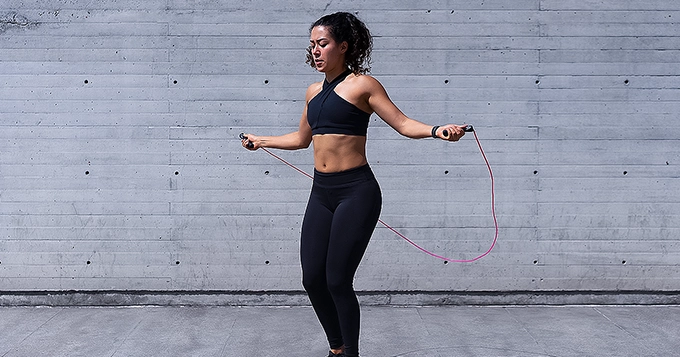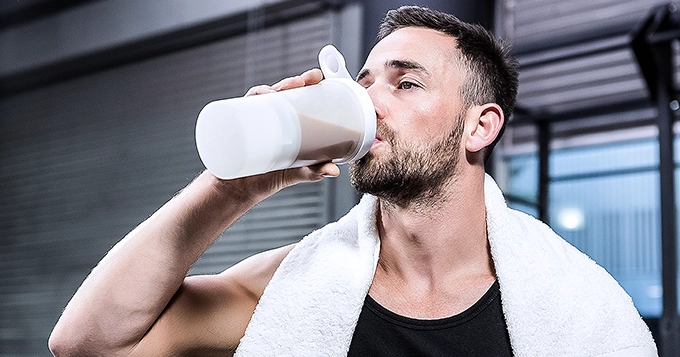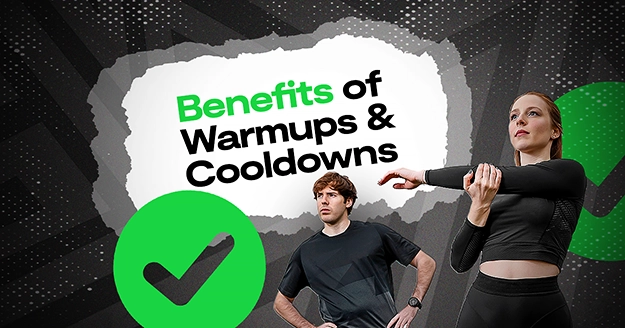Have a tight schedule that you can barely squeeze in the time to exercise?
Sticking to a training program may feel time-consuming. Thus, you skip warming up and leap into your main workout instead so you can get on with your day.
But no matter how busy you are, don’t just dive in.
The importance of warm up at the start of your workout and also a cool-down at the end should not be ignored. Those who skip these might be causing more harm than good.
What is a warm-up?
When it comes to exercise and physical activity, a warm-up is any mental or physical activity that prepares you for the demands of your chosen sport or form of exercise.
Types of Warm-up Exercise
- Active Warm-ups.
Active warm-ups are the most popular type. As long as it’s not overly strenuous, research has shown that one of the benefits of a warm up exercise is they enhance performance. The body can use oxygen more efficiently with a proper warm-up that doesn’t exhaust its energy reserves. Experts frequently recommend combining a general aerobic warm-up with a sport-specific one.
- Passive Warm-ups.
During passive warm-ups, you raise your body temperature externally—for example, by using a hot tub or sauna. This approach accomplishes many of the same goals of active warm-ups without resulting in tiredness or depleting energy stores. In between an active warm-up and an athletic performance, a passive warm-up may be utilized to keep body temperature stable.
- Static Stretching
In the past, the majority of warm-up exercises used static stretching, which is accomplished by maintaining a posture for 30 to 90 seconds. Afterward, researchers discovered that static stretching degrades performance. Shorter static stretches are still sometimes utilized to release tight joints, but experts advise doing them after a workout rather than before. Ballistic stretching, often known as bouncing during a stretch, has lost popularity since it might result in injuries.
- Dynamic Stretching
Stretching dynamically entails moving the body in a manner that resembles the upcoming activity. To warm up before a race, for instance, runners frequently perform walking lunges. Swimmers more frequently use shoulder rolls and arm circles. Dynamic stretches are done 10–12 times without bouncing.
Warm-up exercises you can add to your routine:
- Forearm Stretch
- Hamstring Stretch
- Quadriceps Stretch
- Upper Back Stretch
- Jumping Jacks
- High-Stepping
- Lunges With A Twist
- Step Up And Over
Benefits of Warm Up
Here are a few benefit of warm up exercise:
- Increases oxygen and blood flow to the working muscles.
- Enlarges blood vessels for better blood pumping.
- Helps the heart pump blood throughout the system with less strain.
- Elevates body temperature, which promotes muscular flexibility.
- Elevates muscular temperature, which can reduce strain and injury to your muscles.
- Helps the body to avoid overheating (sweating too much).
- Releases hormones that facilitate the conversion of fatty acids and carbs into energy.
What is a cool-down?
A cool-down is a slower, lower-impact exercise after a higher-intensity workout to allow the body to revert to its pre-workout or pre-exercise state progressively.
4 Things Your Cool-Down Should Consist Of
- Cardio
For five to ten minutes, gradually reduce your speed to a light pace. This helps remove lactic acid and metabolites from your muscles that cause pain or soreness after a workout.
- Stretch
Stretch each major muscle group for 30 seconds. Increase the amount of time you spend working on a sore muscle. The quadriceps, hamstrings, glutes, chest, arms, and core are among the main muscles.
- Hydrate
Water is something you should consume before, during, and after your workout, but it’s crucial to hydrate afterward. You must replace the water you depleted during your exercise. You should drink sixteen ounces for every hour that you work out.
- Replenish
We advise drinking water along with a protein and carbohydrate recovery shake. Muscle tissue is rebuilt by protein, and your energy stores are replenished by carbohydrates. Drink your recovery drink no later than 30 minutes after working out to make sure your muscles get the nutrition they require.
Benefits of Cooling Down
Why it’s important not to skip cool-downs:
- Regulates your heart rate.
- Reduces the build-up of lactic acid to help avoid muscle cramping and stiffness.
- Prevents injuries.
- Restores the body to its normal pre-exercise condition.
- Helps get your body into a relaxed mood and also relieves stress.
What happens if you don’t warm-up or cool-down properly?
Increased risk of injury. Skeletal muscle injuries account for more than 30% of injuries encountered in sports medicine clinics, and they are easily avoidable by warming up and stretching beforehand.
Blood Pooling. Your muscles will cease contracting forcefully if you quit working out suddenly without cooling down. Blood may pool in your lower limbs as a result, decreasing the pressure with which it can be pumped back to the heart and brain. You can feel lightheaded and disoriented as a result, or you might even pass out.
Increased Stress On Cardiovascular System. One of the benefit of warming up before exercise is it progressively raises your breathing and heart rate to a level that can support the demands of your exercise. Your heart and lungs will be put under needless stress if you begin an intense workout without first warming up.









